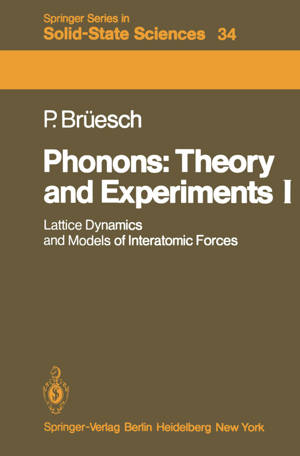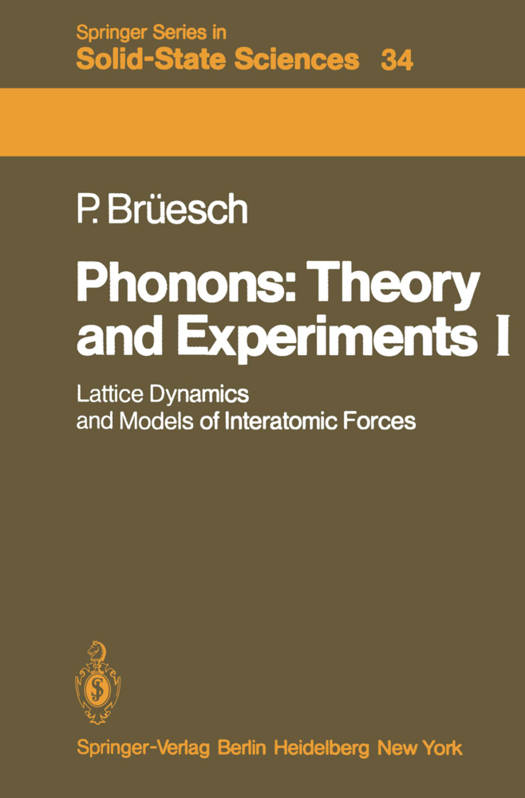
Je cadeautjes zeker op tijd in huis hebben voor de feestdagen? Kom langs in onze winkels en vind het perfecte geschenk!
- Afhalen na 1 uur in een winkel met voorraad
- Gratis thuislevering in België vanaf € 30
- Ruim aanbod met 7 miljoen producten
Je cadeautjes zeker op tijd in huis hebben voor de feestdagen? Kom langs in onze winkels en vind het perfecte geschenk!
- Afhalen na 1 uur in een winkel met voorraad
- Gratis thuislevering in België vanaf € 30
- Ruim aanbod met 7 miljoen producten
Zoeken
€ 139,95
+ 279 punten
Omschrijving
This two-volume treatment grew out of lectures the author gave at the "Ecole Poly technique Federale de Lausanne" during the years 1975-1980 for graduate students in experimental physics in their last year of study. It is written by an experimentalist with some interest in theory and is ad- dressed mainly to experimentalists, but also to theoreticians interested in experiments. This treatment tries to bridge the gap between theory and experiments; it should assist experimentalists in the interpretation of their data in the vast field of lattice dynamics. An attempt has been made to provide not only the basic concepts but also a working knowledge in this field of solid-state physics. In this first volume, the basic concepts of the physics of phonons are developed and illustrated by many examples; it provides the background necessary for the interpretation of most experimental results. The second volume, which is in preparation, is devoted to experimental techniques, the interpretation of experiments, and discussion of phenomena which are directly related with phonons. The book is designed for introductory courses at the graduate level. It is believed that the book will also prove useful to those graduate students starting research in this or related fields, as well as to many workers already active in this branch of solid-state physics.
Specificaties
Betrokkenen
- Auteur(s):
- Uitgeverij:
Inhoud
- Aantal bladzijden:
- 261
- Taal:
- Engels
- Reeks:
- Reeksnummer:
- nr. 34
Eigenschappen
- Productcode (EAN):
- 9783642817830
- Verschijningsdatum:
- 4/01/2012
- Uitvoering:
- Paperback
- Formaat:
- Trade paperback (VS)
- Afmetingen:
- 156 mm x 234 mm
- Gewicht:
- 399 g

Alleen bij Standaard Boekhandel
+ 279 punten op je klantenkaart van Standaard Boekhandel
Beoordelingen
We publiceren alleen reviews die voldoen aan de voorwaarden voor reviews. Bekijk onze voorwaarden voor reviews.









